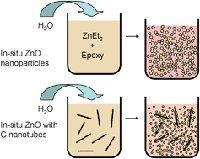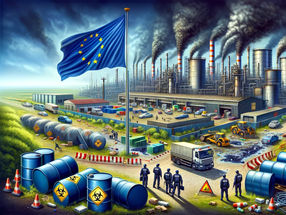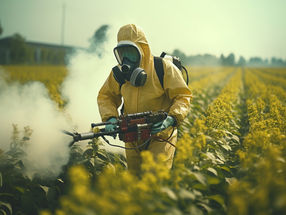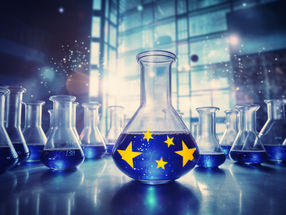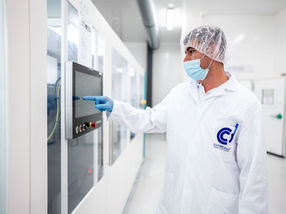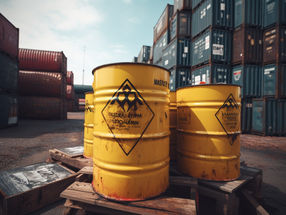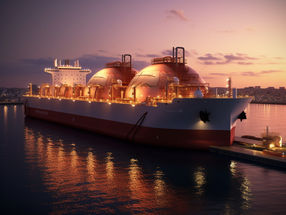Seal of quality for LANXESS subsidiary: Saltigo passes FDA audit
Saltigo GmbH has passed an audit by the U.S. food and Drug Administration (FDA) with a “No Findings” rating. Saltigo’s Managing Director Wolfgang Schmitz is delighted that the official auditors did not have any objections: “The FDA audit is an internationally accredited seal of quality and recognizes all the work we have put in. This shows not just U.S. customers but also pharmaceutical companies throughout the world that with us the production of active ingredients is in safe and reliable hands.”
The audit focused on testing production and quality assurance processes for an active ingredient that a Saltigo customer is looking to supply in the United States in the near future. It involved the auditors inspecting Saltigo’s production and quality assurance systems in Leverkusen over five days. As part of this pre-approval inspection, the FDA assesses whether a medical product can be manufactured at the company’s production facilities using technology that is recognized in the United States as state-of-the-art and in compliance with applicable CGMP rules (Current Good Manufacturing Practice).
The auditors also inspect quality assurance systems and all the facilities used, from water treatment plants and cleanrooms to filling plants and process control technology. Immediately afterwards, the FDA announces the results of its audit, ranging from “No Findings” and “Form 483” (negative findings observed) to the “Warning Letter” (critical negative findings).
“An FDA audit is a particularly tough test,” says Dr. Carsten Hesse, responsible for quality assurance in the Pharma business line at Saltigo. “This excellent “No Findings” result is a testament to our high standards. But meeting CGMP requirements with ease and flexibility and doing so in all scales of synthesis is all in a day’s work for us.”
Most read news
Topics
Organizations
Other news from the department politics & laws
These products might interest you
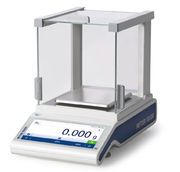
MS-Präzisionswaagen by Mettler-Toledo
Trusted Results at Your Fingertips
Capacity from 320 g to 12.2 kg, readability from 1 mg to 100 mg
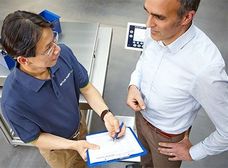
Good Weighing Practice by Mettler-Toledo
Your Concrete Weighing Quality Assurance Plan
GWP Verification service
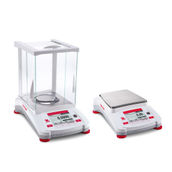
Precision balances by Ohaus
High-performance precision balances for everyday use in laboratories & industry
From milligram-accurate measurement of small samples to routine weighing in the kilogram range
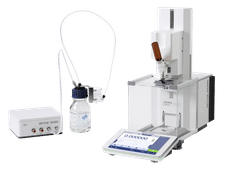
Automatische XPR-Waagen by Mettler-Toledo
Production of standards, samples and concentrations - fast and reliable
Automate the weighing processes in your laboratory - ideal also for sample prep at chromatography
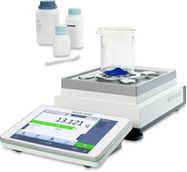
XPR Precision Balances by Mettler-Toledo
Fast and Accurate Precision Weighing Even in Difficult Conditions
XPR Precision Balances / Solutions to support you with data management, traceability and regulatory compliance
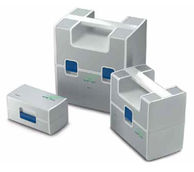
Carepacs by Mettler-Toledo
Professional CarePacs for smooth routine testing
Tweezers, gloves and other accessories for professional weight handling
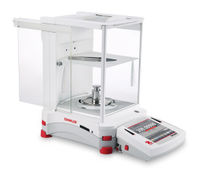
Balances analytiques by Ohaus
Analytical balances with outstanding weighing performance, as easy to use as a smartphone
These space-saving analytical and semi-micro balances are surprisingly intuitive to use

Get the chemical industry in your inbox
By submitting this form you agree that LUMITOS AG will send you the newsletter(s) selected above by email. Your data will not be passed on to third parties. Your data will be stored and processed in accordance with our data protection regulations. LUMITOS may contact you by email for the purpose of advertising or market and opinion surveys. You can revoke your consent at any time without giving reasons to LUMITOS AG, Ernst-Augustin-Str. 2, 12489 Berlin, Germany or by e-mail at revoke@lumitos.com with effect for the future. In addition, each email contains a link to unsubscribe from the corresponding newsletter.
Most read news
More news from our other portals
See the theme worlds for related content
Topic world Synthesis
Chemical synthesis is at the heart of modern chemistry and enables the targeted production of molecules with specific properties. By combining starting materials in defined reaction conditions, chemists can create a wide range of compounds, from simple molecules to complex active ingredients.

Topic world Synthesis
Chemical synthesis is at the heart of modern chemistry and enables the targeted production of molecules with specific properties. By combining starting materials in defined reaction conditions, chemists can create a wide range of compounds, from simple molecules to complex active ingredients.
